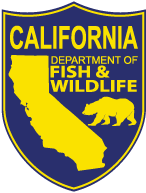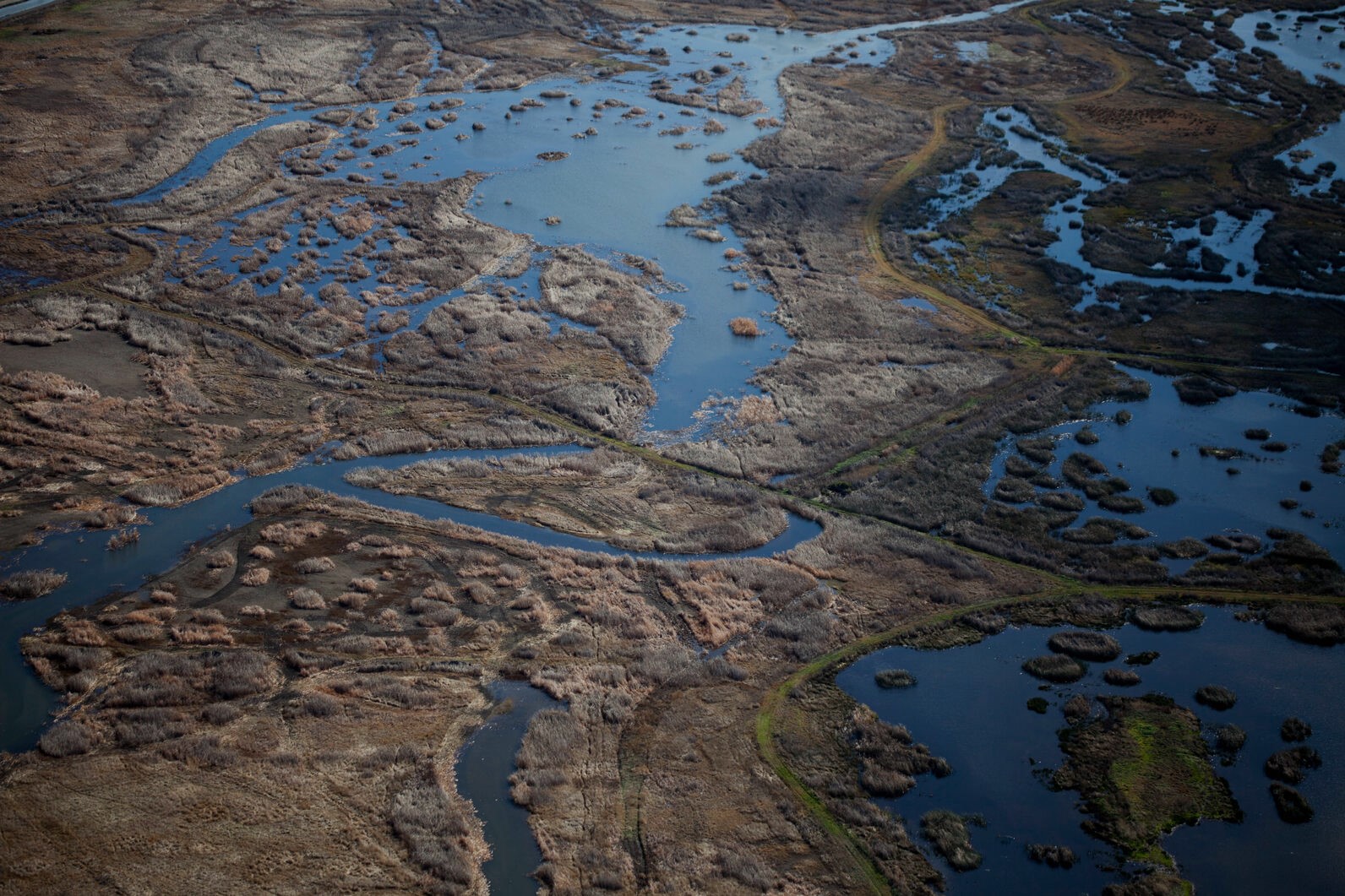
Wetland Programs
Since its launch in 2014, BirdReturns has been supporting farmers and wetland managers to adaptively manage their lands to benefit waterbirds. Now, with funding from the California Department of Fish and Wildlife, the Migratory Bird Conservation Partnership (Audubon California, Point Blue Conservation Science, and The Nature Conservancy) is expanding the BirdReturns Wetland Program to include additional geographies, incorporate new seasons, and increase participation. Private wetlands compose sixty-five percent of remnant wetland habitat in the Central Valley, making them important habitat strongholds. Many of these wetlands are managed to provide waterfowl habitat and subsequent hunting opportunities. By adjusting management of water depth and timing, private wetlands can meet habitat needs for a greater diversity of waterbird species. Encouraging the management of wetlands to provide multiple benefits to wildlife is especially important during different life stages, including for migrating shorebirds and molting waterfowl.
There are currently three BirdReturns Wetland Programs. Click the buttons below to learn more about each program.
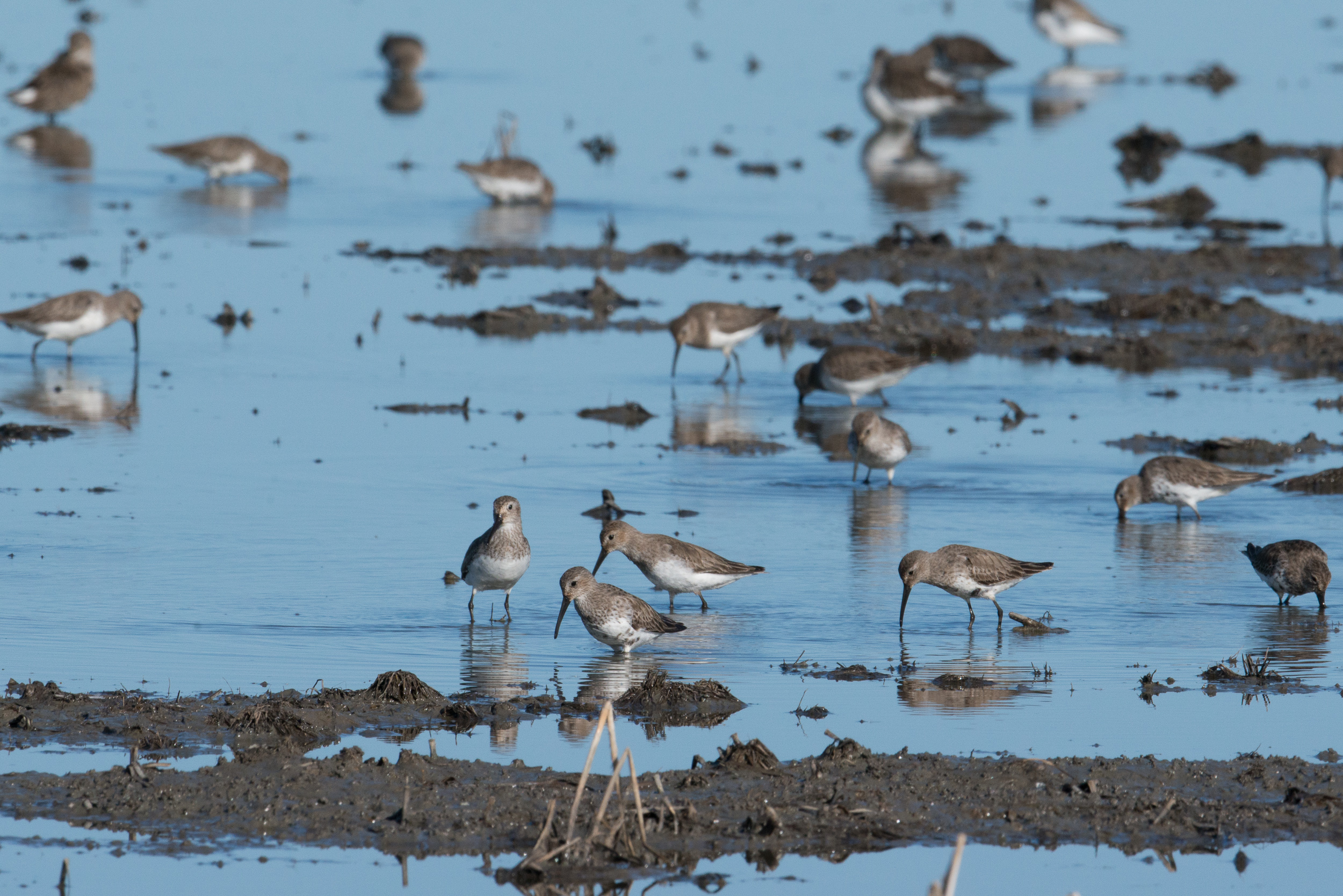 © Drew Kelly
© Drew KellySPRING
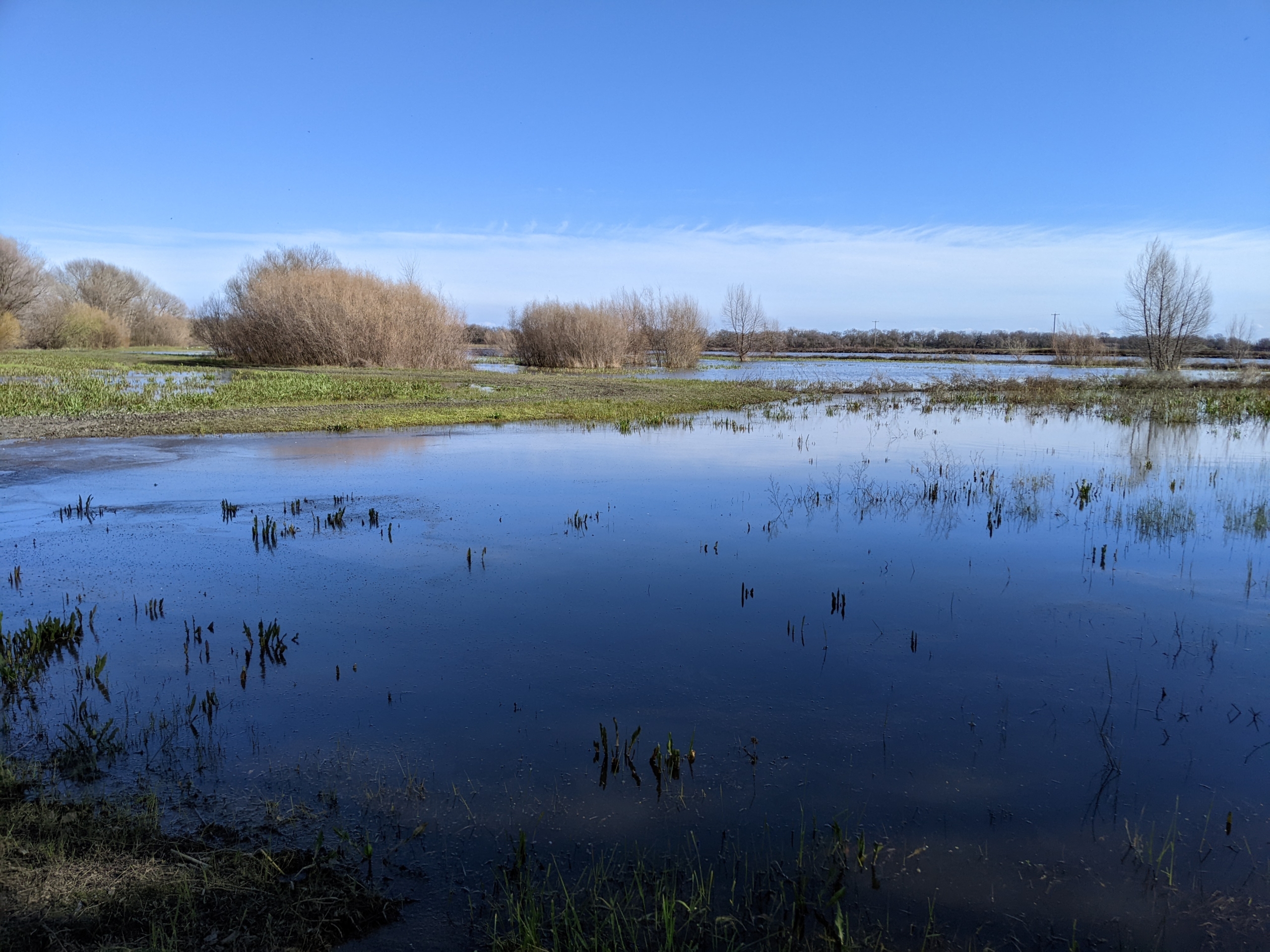 © Ashley Seufzer
© Ashley SeufzerSUMMER
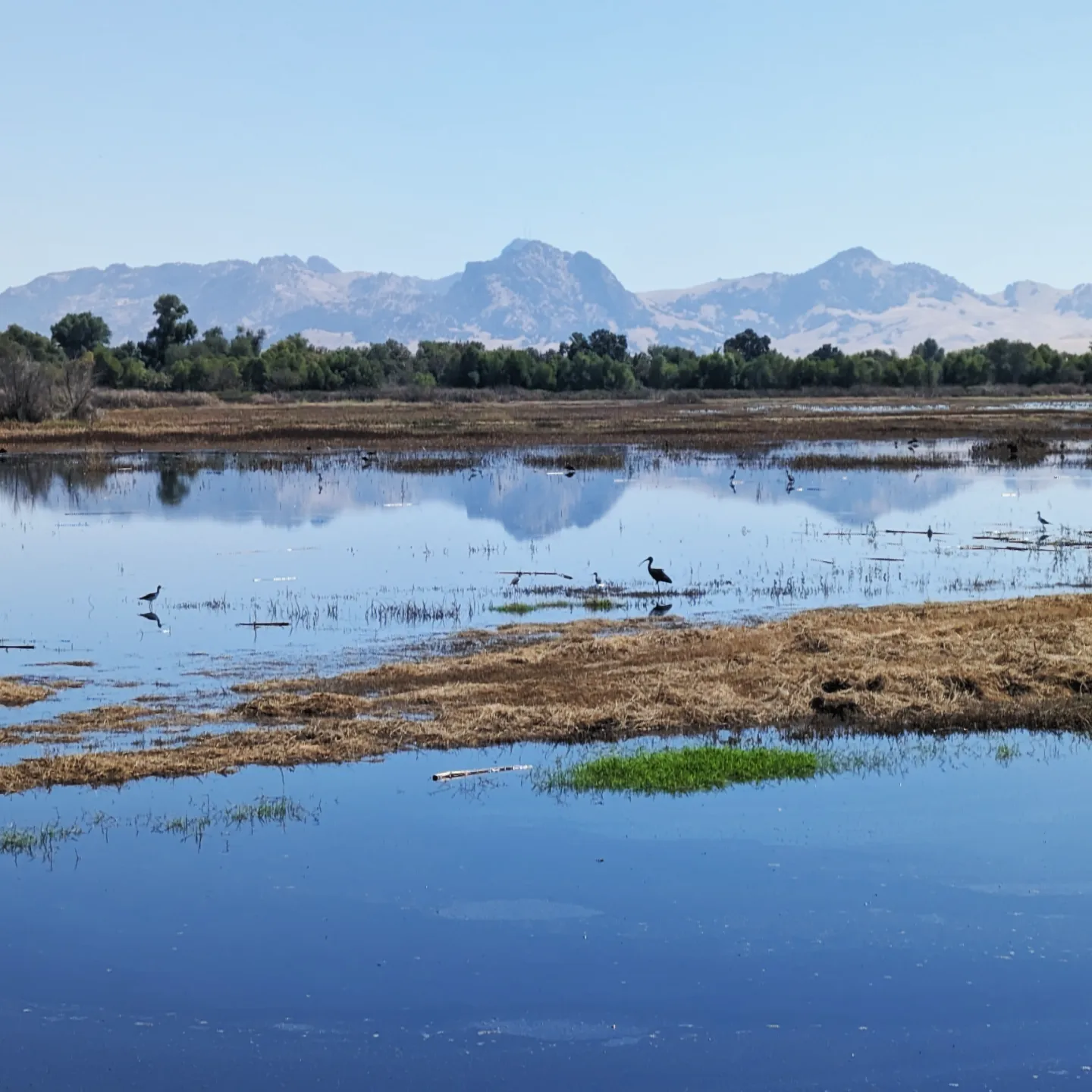 Ashley Seufzer
Ashley SeufzerFALL
SPRING
Application: January – February
Flooding Period: April
Flooding Practice: Gradual drawdown
Geographies: Central Valley, Delta, Suisun
SUMMER
Application: January – February
Flooding Period: April – July
Flooding Practice: Deep flooding
Geographies: Central Valley, Delta, Suisun
FALL
Application: May 17th – June 9th
Flooding Period: August or Sept – October
Flooding Practice: Early Flood-up
Geographies: Central Valley & Delta (excludes Suisun)
Program details may change annually due to program feedback, partnership goals, and environmental factors
Curious about the bigger picture? Check out this video on our work studying migratory birds along the pacific flyway and the video below featuring the BirdReturns Program.
The BirdReturns Wetland Program is managed by the Migratory Bird Conservation Partnership (The Nature Conservancy, Audubon California, and Point Blue Conservation Science), in partnership with Ducks Unlimited and the California Waterfowl Association. This program is possible thanks to the generous funding by the California Department of Fish and Wildlife, the California Rice Commission, and the Bonneville Environmental Foundation.
Questions? Contact Us!
Xerónimo Castañeda
(916) 737-5707 x119
xeronimo.castaneda@audubon.org
Ashley Seufzer
415-644-4608
ashley.seufzer@audubon.org



